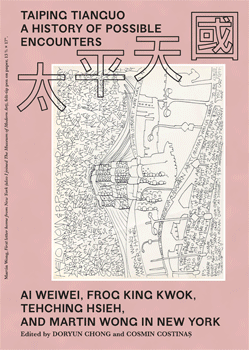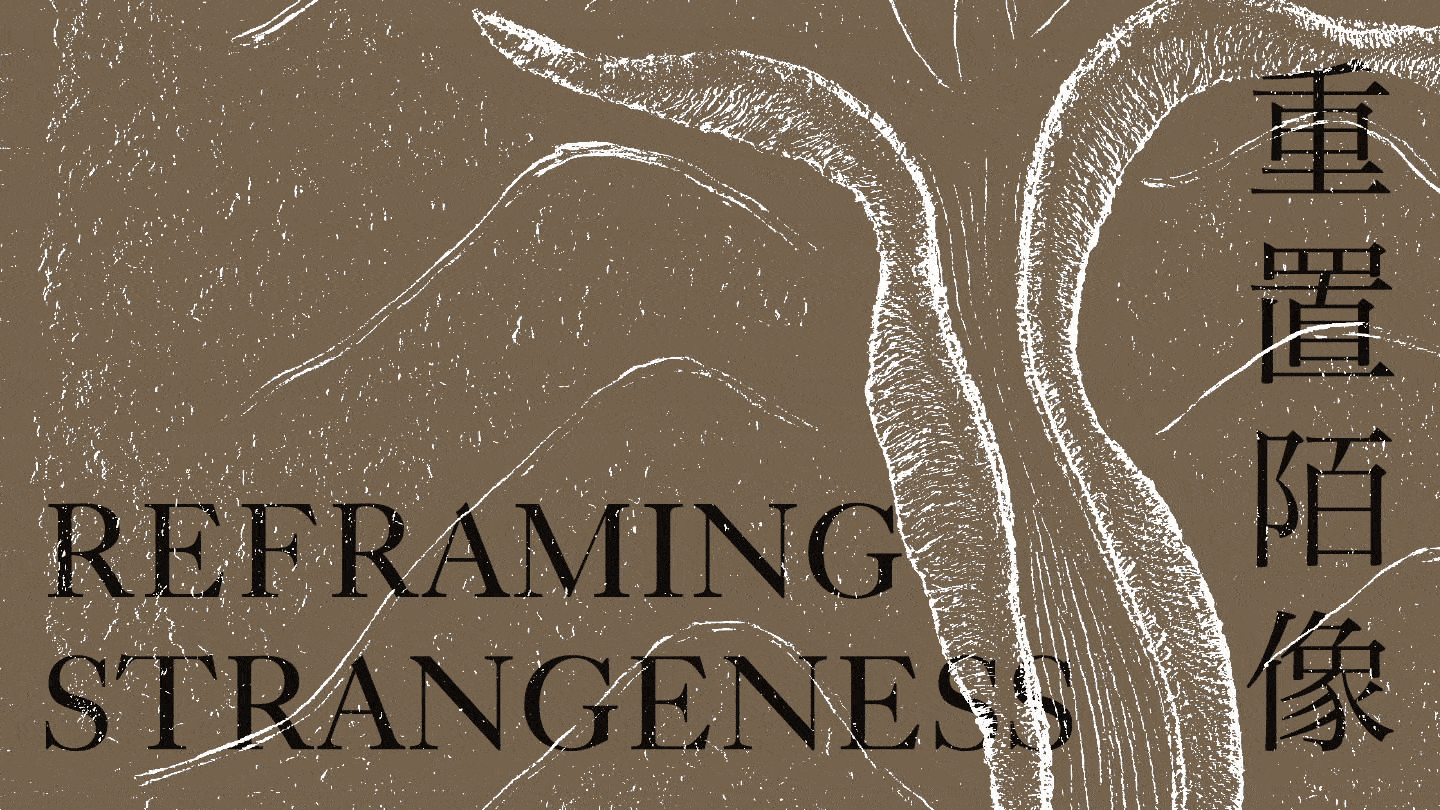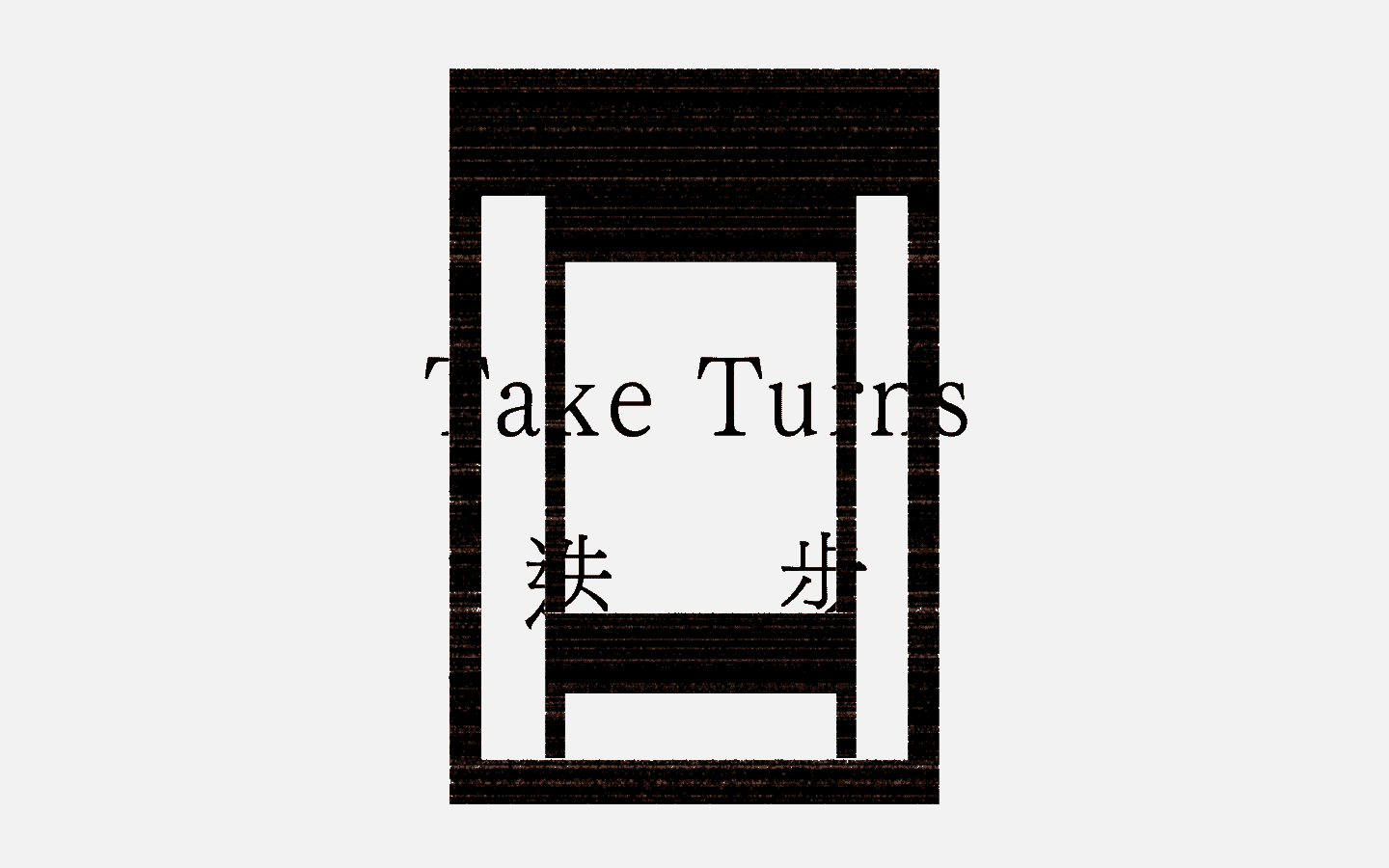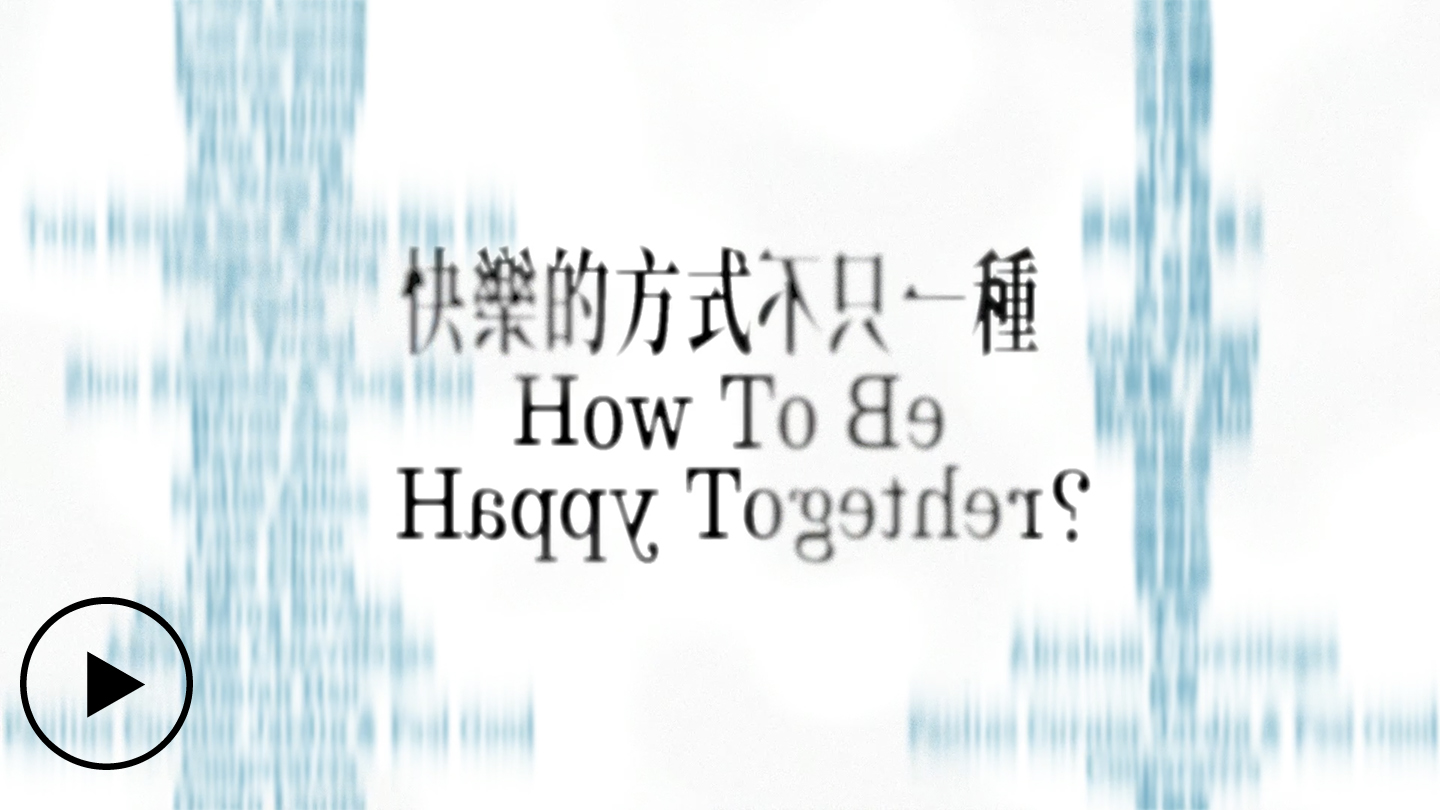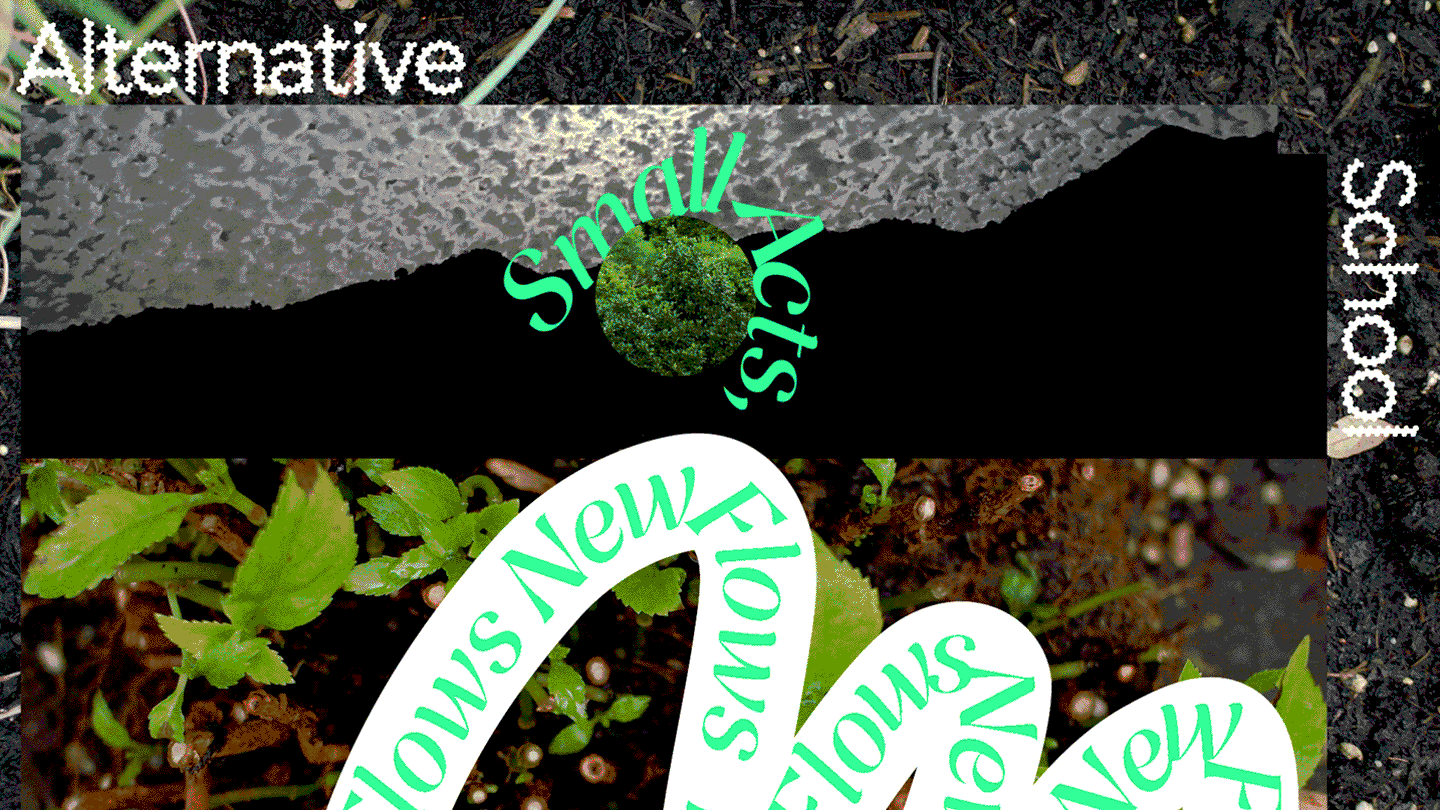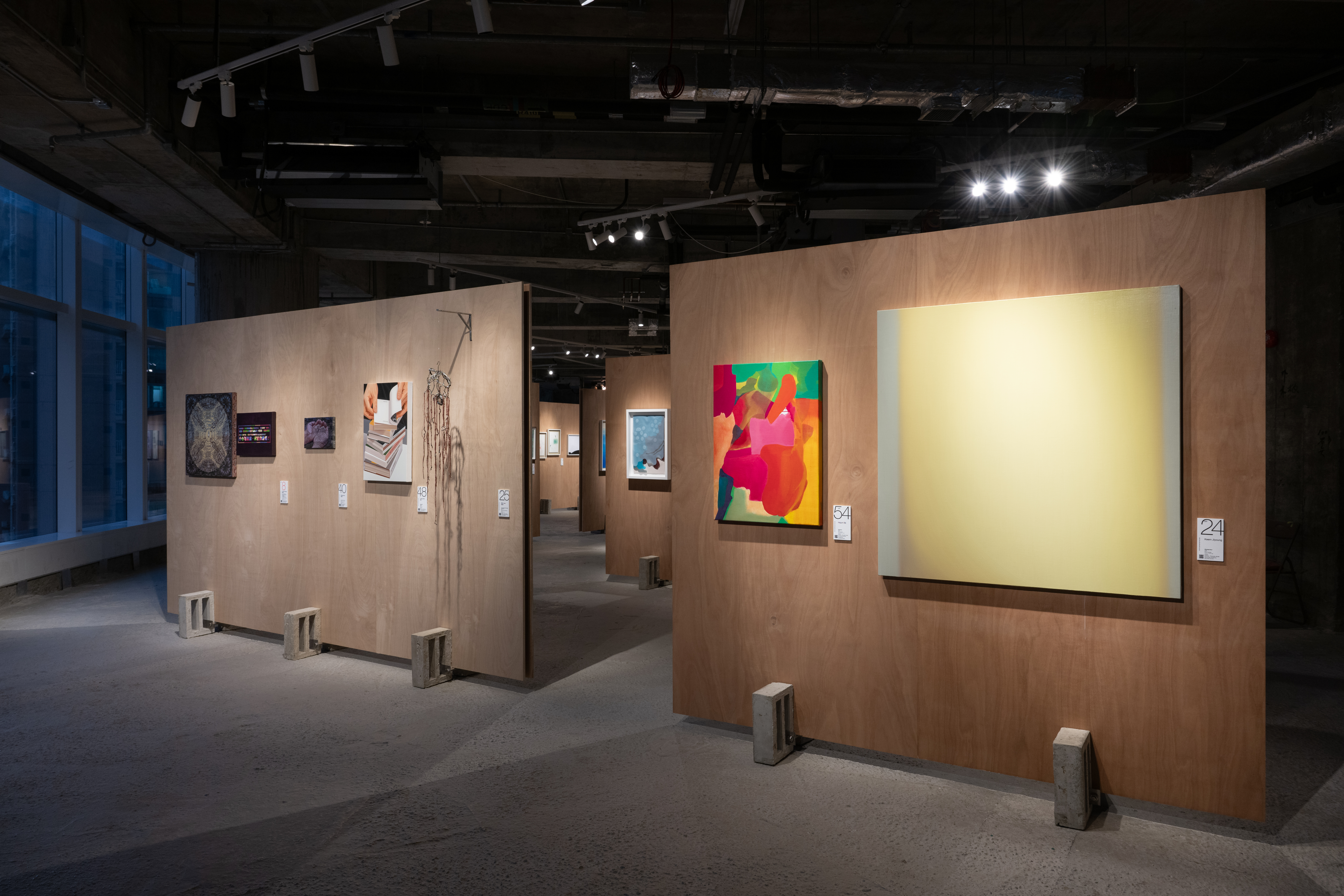Release of Taiping Tianguo: A History of Possible Encounters and A Journal of the Plague Year
www.para-site.org.hk
Facebook / Instagram
Para Site is pleased to announce the launch of two new publications co-published with Sternberg Press: Taiping Tianguo: A History of Possible Encounters, based on the highly acclaimed exhibition Taiping Tianguo, A History of Possible Encounters: Ai Weiwei, Frog King Kwok, Tehching Hsieh, and Martin Wong in New York presented at Para Site in summer 2012, and subsequently at SALT in Istanbul, NUS Museum in Singapore and e-flux in New York; and A Journal of the Plague Year, based on the exhibition of the same name presented at Para Site in summer 2013, and subsequently at The Cube in Taipei, Arko Art Center in Seoul, and Kadist Art Foundation and The Lab in San Francisco.
Taiping Tianguo: A History of Possible Encounters, edited by Doryun Chong and Cosmin Costinas and designed by Textandpictures, began as a series of questions: How did Ai Weiwei, Frog King Kwok, Tehching Hsieh, and Martin Wong—four artists of Chinese heritage from various corners of the world—end up in New York in the heady days of the 1980s? Did they know one another? By considering them together, what can we learn about the storied time and place in art history and about the divergent practices of these well-known figures? The publication includes original contributions by a wide range of authors: a conversation between co-curators Doryun Chong and Cosmin Costinas about the project; an essay by Anthony Yung on the presence of Chinese artists in New York in the ’80s; a conversation between groundbreaking choreographer Xavier Le Roy and Costinas on the influence of Tehching Hsieh’s practice on dance and performance today; an essay on Hsieh’s theatricality by Fukuen Tang; an essay by Christina Li and Yung Ma on the life and work of Frog King Kwok; short essays on Martin Wong by Mark Dean Johnson, Barry Blinderman, and Lydia Yee; as well as an essay by Anton Vidokle about his own experience in Lower Manhattan in the ’80s. The book also contains comprehensive images of the artists’ works, and an original chronology of the artists’ biographies within the general historical and artistic background.
A Journal of the Plague Year, edited by Cosmin Costinas, Inti Guerrero, and Lesley Ma and designed by Project Projects, New York, critically analyzes historical and contemporary imaginations and politics of fear in the face of disease and the specter of contamination in society and culture. Scholars, artists, novelists, and journalists depart from Hong Kong’s history of epidemic—the most recent being the SARS outbreak of 2003, shortly followed by the tragic death of pan-Asian pop icon Leslie Cheung, and tackle the galvanizing power and the varied perceptions of contagion in the context of lingering histories, myths, anxieties, and memories across geographies. The essay by Costinas and Guerrero introduces the many layers and tentacles of the project. The disappearance of the perished and appearance of ghostly spaces are represented in the poetic storytelling of Dung Kai-cheung‘s Atlas: The Archaeology of an Imaginary City, while excerpts from Shih Shu-ching‘s literary masterpiece, City of the Queen: A Novel of Colonial Hong Kong, vividly portray the interwoven social relations and colonial structures during the time of plague. Artist James T. Hong contributes an exposé on disease, race, purity, and cleansing; writer and curator Xiaoyu Weng departs from the stereotypical iconography for Chinese immigrants appearing in the print media of the 1910s in California, in an essay about yellow peril and artist Ming Wong’s recent works exploring the recurrent archetypes of Chinese and Asian identities in Hollywood films; artist Pak Sheung Chuen and writer Lawrence Pun discuss their personal memories of how protests, linked to the aftermath of SARS, transformed their ways of being in the world; Zuni Icosahedron‘s humorous dramatic script The Phantom Mask visits the official cover ups and the political mood of parts of Hong Kong society at the time of the SARS crisis; journalist Fionnuala McHugh undertakes a deep analysis on the rhetoric of fear caused by the handling of the epidemic and paints a vivid portrait of societies in times of plagues; Taiwanese film and art critic Austin Ming-Han Hsu explores the Anti-Chinese rhetoric in the public sphere of Hong Kong through an extensive reading of an installation by Ai Weiwei; cultural theorist Natalia S. H. Chan discusses the way in which the roles that Leslie Cheung played reflected, and arguably enhanced, the versatility of the city’s identity over the past decades, before and after the Handover; Chinese cultural studies scholar Michael Berry explores how epidemics and diseases like SARS and Ebola have been cast in Hong Kong cinema; and a detailed contextual introduction of five historic performances that place the artist’s body at the forefront, offers models of resistance and empowerment.
Both publications are available online and at bookshops around the world.
The publications have been made possible through the generous support of The Robert H. N. Ho Family Foundation.
Established in Hong Kong in 2005, The Robert H. N. Ho Family Foundation is a private philanthropic organization that seeks to foster and support Chinese arts and culture and to promote a deeper understanding of Buddhist teachings and their application in everyday life. To learn more about The Robert H. N. Ho Family Foundation and its activities, visit www.rhfamilyfoundation.org.
Para Site is Hong Kong’s leading contemporary art centre and one of the oldest and most active independent art institutions in Asia. It produces exhibitions, publications and discursive projects aimed at forging a critical understanding of local and international phenomena in art and society.
*Images above: 1. Taiping Tianguo: A History of Possible Encounters, ISBN 978-3-95679-116-1, 144 pages, 170 x 240 mm, paperback. 2. A Journal of the Plague Year, ISBN 978-3-956791-17-8, 196 pages, 145 x 210 mm, hardcover.

